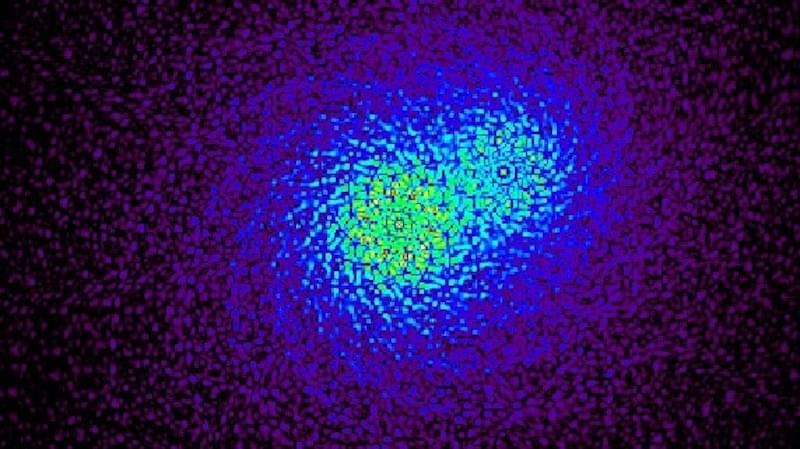Chinese scientists developed a targeted delivery system that can conduct precise gene-editing for inflammatory bowel disease. /CFP
Chinese scientists have developed a targeted delivery system that can bring gene-editing tools to colon cells, offering a precise cure for inflammatory bowel disease.
The study, published on Thursday in the journal Science Advances, reported a CRISPR-Cas9 prodrug nanosystem that can transport a gene-editing protein exclusively to inflammatory lesions in mice colons and then “switch on” the protein.






